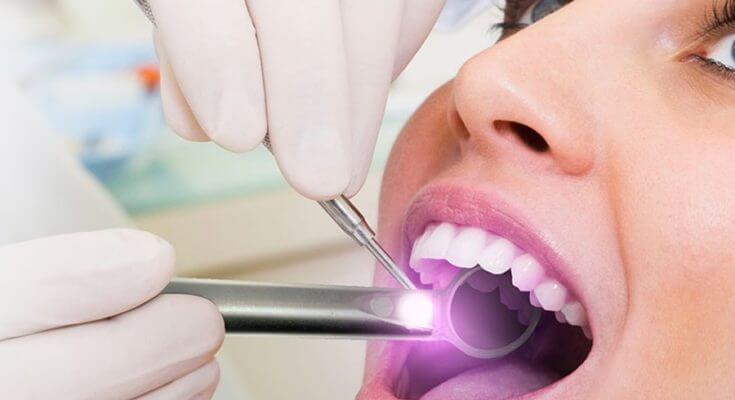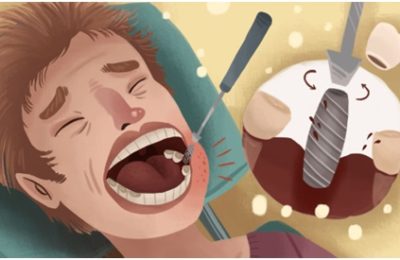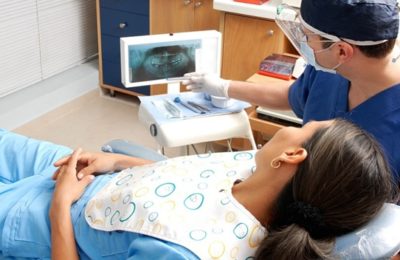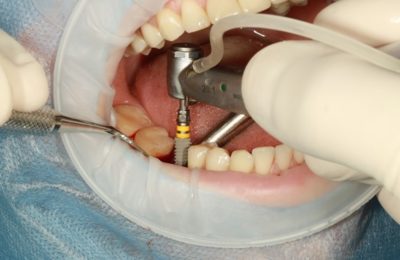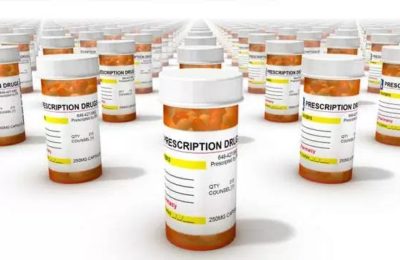In 2011, a UN declaration highlighted the importance of oral health in the control and prevention of non-communicable diseases. Among the different oral diseases, tooth decay, the pathological mechanisms and ways of eradicating disease, is still a real global scourge. Most recently, the International Dental Federation recognized that, despite the vigorous attempt of the dental profession, decay continued to be endemic worldwide, having a direct impression on the standards of life of populations and indirectly on national economies.
The Need to Change Caries the Management System
Given this situation, the need to change a caries management system is essential for all health professionals, regardless of the medical management systems of the different countries. The radical change that must take place is to replace the traditional curative model of dental care, based on the realization of dental fillings leading too often to the loss of the tooth.
The role of dentists like Dr. Dan Drakulich, DDS is no longer limited to repairing teeth mutilated by decay. Its core competency lies in its ability to assess each patient’s risk of developing caries and treat caries disease through primary and secondary prevention measures, at least minimal dental care. Demineralization of dental enamel, dental micro-preparations) and continuous monitoring throughout life. Thanks to this medical approach, patients can remain free of cavities.
All Quality Dental care Results from an Operative Protocol
If, however, caries appear due to the vagaries of life, they will be intercepted quickly before they have time to deeply destroy the dental tissue and cause infectious complications, requiring devitalizing and crowning teeth. Thus, contemporary dentistry is characterized by a global practice where prevention and minimally invasive and aesthetic revival of teeth are inseparable. It is in this medical rather than technical context that the question arises of the technological means available to dental surgeons to treat teeth while preserving them.
Patients should not consider the processes presented as panaceas, which operate quickly and well, without anesthesia and risk. They can understand that any quality dental treatment results from an operating protocol that meets defined rules. It’s a real therapeutic sequence that the practitioner conducts, step by step, from the recognition of the lesion to the elimination of the pathological tissue and the complete restitution of the function, shape, and appearance of the lesion, the tooth by a biomaterial mimetic of the dental tissues. Thus minimally invasive or minimal care is neither faster nor simpler nor cheaper because they’re as much if not more demanding than conventional care.
The practitioner must perform painless local anesthesia by placing a rubber surgical field on the tooth (the dike) and using optical aids (binocular loupes or a dental microscope) like the neurosurgeon. The dentist now operates either on the tooth scale (already small object) but on the scale of the tooth enamel lesion.

